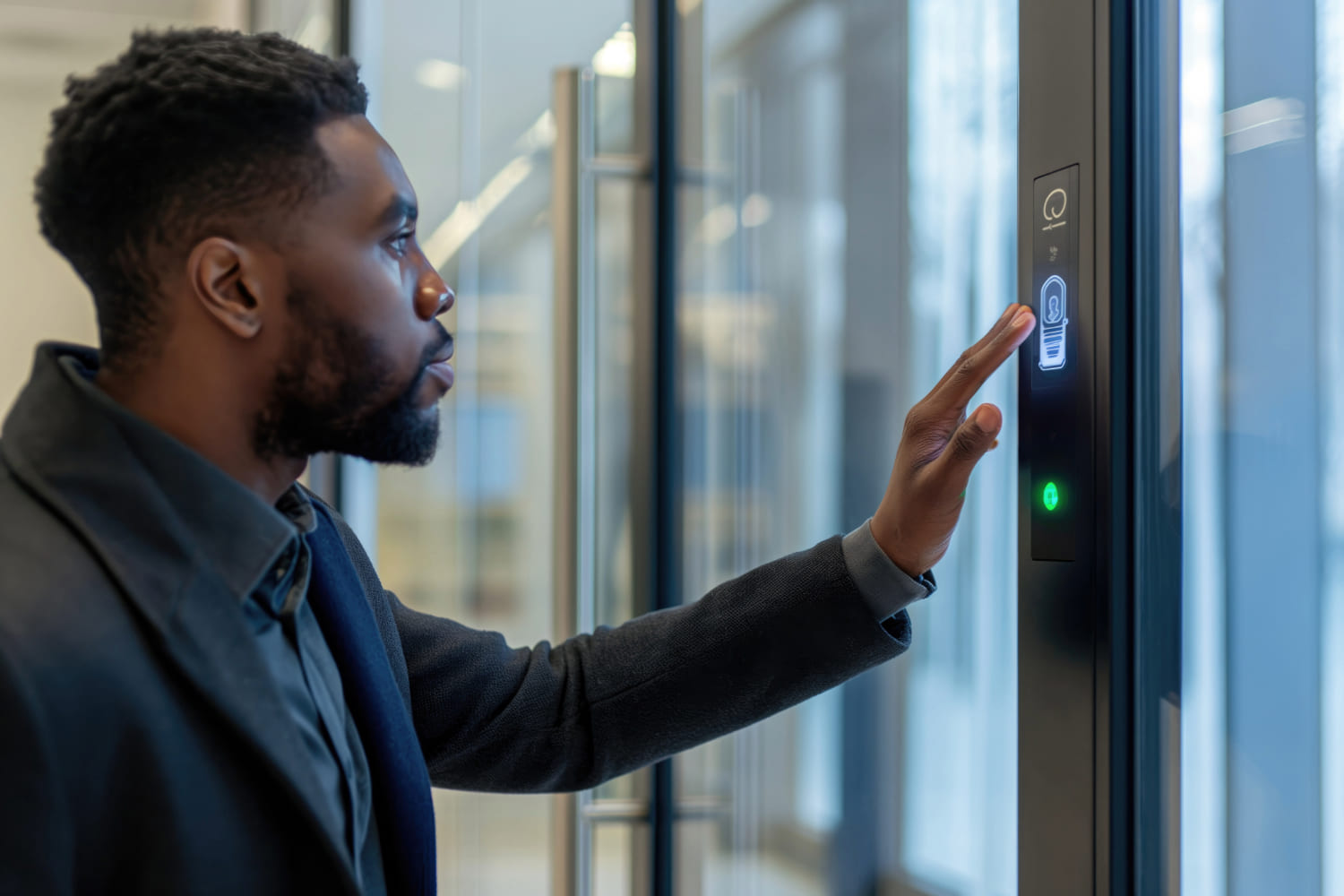The abandonment rate in the financial industry can be reduced — but only by addressing the underlying causes and redesigning digital experiences with real user needs in mind.
Current trends in biometrics: applications across all sectors

Biometrics, the technology that uses an individual’s unique physical or behavioural characteristics to verify their identity, has experienced exponential growth in recent years. As technology advances, so do its applications and possibilities.
B
iometrics has become an increasingly familiar technology to the general public. From unlocking our smartphones with a fingerprint to using facial recognition at airports and in banking apps, biometrics is transforming the way we interact with technology.
This growing familiarity has led to a wider and more diversified adoption of biometric methods, enhancing both security and convenience in our daily lives. Let’s look at some examples of these biometric modalities and potential applications in various fields.
Multimodal biometrics
This is an identification and verification system that uses multiple biometric traits of a person rather than relying on a single trait. The combination of several characteristics, such as the face, fingerprint, iris, voice, or signature, offers significantly greater security, as it is much harder to forge.
Use Cases:
- Secure building access: Combine facial recognition with fingerprint verification to access restricted areas of a building.
- Authentication in financial transactions: Use voice and fingerprint to authorise online or mobile payments.
- Device access control: Unlock a smartphone with a combination of facial recognition and an unlock pattern.
Contactless biometrics
Contactless biometrics is an identification and verification technology that does not require physical contact between the individual and the capture device. Instead of physically interacting with a scanner or reader, contactless biometrics uses methods such as cameras, sensors, and remote capture technologies to record biometric characteristics. The most common examples of contactless biometrics include facial recognition, iris recognition, voice recognition, and palm recognition through images.
Use cases:
- Airport access control: Use facial recognition to verify passengers’ identities during the boarding process.
- Mobile payments: Make payments in physical stores simply by bringing your face close to a payment terminal.
- Event access control: Verify the identity of attendees at events using facial recognition at entrances.
Behavioural biometrics
Behavioural biometrics analyses unique behavioural patterns of each individual, such as the way they write, walk, or their typing patterns. This technology is often complemented by other biometric methods to provide an additional layer of security.
Use Cases
- Fraud detection: Identify fraudulent transactions by analysing a user’s keyboard and mouse patterns.
- Authentication in computer systems: Verify a user’s identity by analysing their typing style and keyboard usage patterns.
- Risk analysis in insurance: Assess the risk of an insured person by analysing their driving patterns.
Artificial Intelligence
Artificial intelligence is revolutionising biometrics by enabling more accurate and faster analysis of biometric data. Machine learning and deep neural networks are used to improve the accuracy of facial, voice, and fingerprint recognition systems.
Use cases
- Real-time surveillance: Identify persons of interest in a crowd using surveillance cameras equipped with facial recognition technology.
- Medical diagnosis: Analyse medical images to detect diseases using deep learning algorithms.
- Development of new biomarkers: Identify new biomarkers for diseases using biometric data analysis techniques.
Biometrics on the Internet of Things (IoT)
The integration of biometrics in IoT devices is opening new possibilities in smart homes and industry. Voice-controlled virtual assistants and smart appliances that unlock with a fingerprint are examples of this trend, which also makes technology easier to people with disabilities or dependents, offering a more intuitive and accessible way to interact with the digital environment.
Use cases
- Smart home: Control home devices with voice commands or facial recognition.
- Autonomous vehicles: Identify the driver and adjust the vehicle’s settings based on their preferences.
- Industry: Control access to machinery and industrial equipment using biometrics.
Expanding applications without harming users
As we have seen, the expansion of different forms of biometrics offers ample opportunities to improve people’s daily lives. However, it is essential that this expansion is carried out in a way that does not harm users, protecting their privacy and ensuring the security of their personal data.
Any biometric system must adhere to privacy principles by design and by default. This means that biometric data, which are inherently sensitive, must be collected, stored, and processed securely. Systems should use advanced encryption techniques to protect data at all stages of handling. Moreover, it is crucial to minimise the amount of data managed, limiting it to only what is strictly necessary for the system’s functionality.
Transparency, interoperability, and flexibility: the foundation for developing reliable biometrics
Organisations must be clear and straightforward about how biometric data is collected, used, and protected, informing users about potential risks and the security measures taken to mitigate those risks. Additionally, users should be given meaningful control over their data, allowing them to access, correct, or delete their biometric data as needed.
The interoperability and flexibility of biometric systems are also important. Systems should be designed to work with a variety of devices and technologies, allowing seamless integration and ensuring that users are not forced to rely on a single solution or provider. This not only improves accessibility but also fosters a competitive environment that can drive innovation and reduce costs.
The expansion of biometric applications can bring numerous benefits, adapting to a multitude of use cases, but it must be done with careful consideration of privacy, security, transparency, fairness, and regulatory compliance.
Request personalised advice from our identity verification experts
























